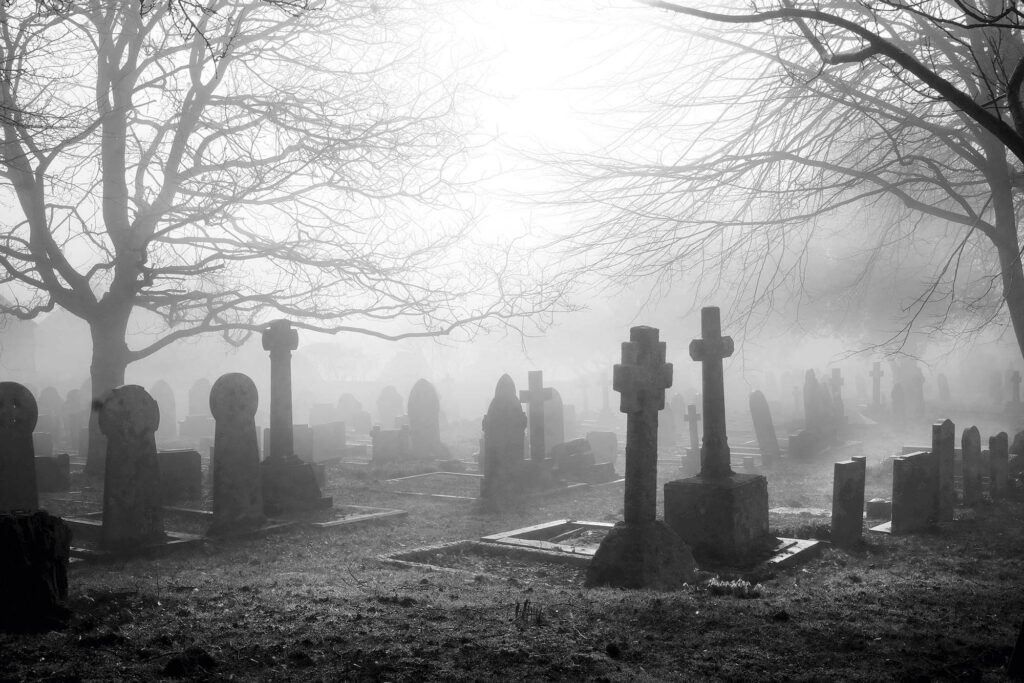Q&A
What were Victorian burial societies?

• SHORT ANSWER
A system to help the poor pay for funerals was corrupted into a deadly money-making enterprise
• LONG ANSWER
As 19th-century Britain entered the Victorian age, the population grew while threats to life caused by the Industrial Revolution intensified. The result was a high death rate, especially among children and the poor, and many people unable to afford a proper burial, which meant a pauper’s funeral.
To combat this, well-meaning organisations formed burial societies. In return for a regular membership fee, they would cover expenses when the
time came. But the system was abused by societies charging what they wanted and setting rules arbitrarily, and exploited by members. Specifically, some people paid into multiple clubs so they could make several claims per death, or, since proof of death was not required, they claimed on someone who was still alive.
Worst of all, there were many cases of murder just to collect a payout. In 1846, John Rhodda of York was hanged for killing his child in return for two pounds and 10 shillings.
16.5
The time, in minutes, it took on 20 August 1911 for the first round-the-world commercial telegram to be sent by telegraph.